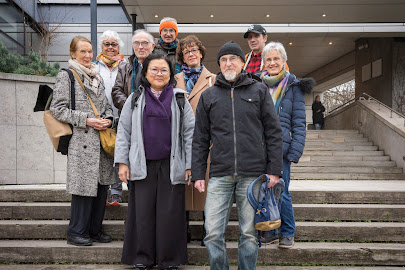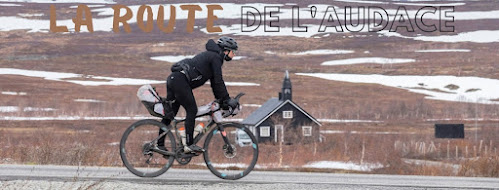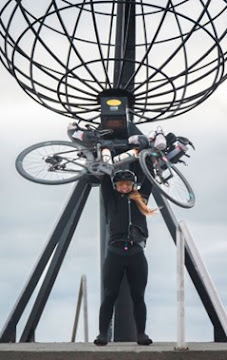by Elisabeth Heurtier (level B2)
Member of the Jury for the 2023 UIAD Prize for Literature
On February 8th, Isabelle Chapman came to the UIAD for a talk about the 2023 UIAD Prize for Literature.
Last year, “La douceur de l’eau”, the French translation of “The
sweetness of water” by Nathan Harris obtained the UIAD Prize for Literature.
It was the opportunity to invite the author of the novel. But he couldn’t come
from the USA and the UIAD invited the translator, Isabelle Chapman.
In place of having a lecture about the inspiration, the intentions, the genesis, or the aim of the writer, we had a very interesting report about the problems related to translation.
The meeting began with a summary of the book by an enthusiastic member of the jury 2023. The story is set just at the end of the Civil War. It evokes the problems between the slaves and their white owners when the former were declared free. Nathan Harris tackles the theme through the story of two slaves (two brothers) and a couple of farmers whose son seems to have been killed at war, and who decide to give a job to the brothers. The novel is about the consequences of the farmers’ choice; there is beautiful nature and a rather inhuman environment.
But to get back to the subject at hand: the translation.
I can tell you what I’ve understood and remembered about what
Isabelle Chapman said regarding her job of translator:
- Isabelle Chapman was chosen to do the job by
the French publisher. It was a five-month task.
- In general the author and the translator don’t meet each other.
The translator is only in relation with the book. Her work is neither a
word-for-word translation, nor a creation. It’s an interpretation.
- Isabelle Chapman’s aim is to make the reader understand the
author’s feelings about the world he describes.
-She also has to reproduce the music of the text. She thinks that
French is less musical and more abstract than English. For example, in English,
repetitions can be used to give rhythm to the text, but in French repetitions
are generally incorrect. English uses the vocabulary of the body more than
French to express feelings. Sometimes Nathan Harris doesn’t use certain words
with their real meaning. The translator has to search for the best way to
change the words, staying close to the idea and the rhythm of the author.
-She also explained that a translation depends on the translator and the period when the work is done because languages change across the time.
If we had to remember only one idea from Isabelle Chapman, it is that this first novel of Nathan Harris shows that he is, and he will be, a brilliant American author. You really ought to read the book - in English or in French!
Thanks to Isabelle Chapman for her clear, honest, intelligent, instructive, answers to our numerous questions.







